We finally got astride the jet-fighter-inspired Ultraviolette F77 electric motorbike to bring you all the scoop into this much-awaited product.
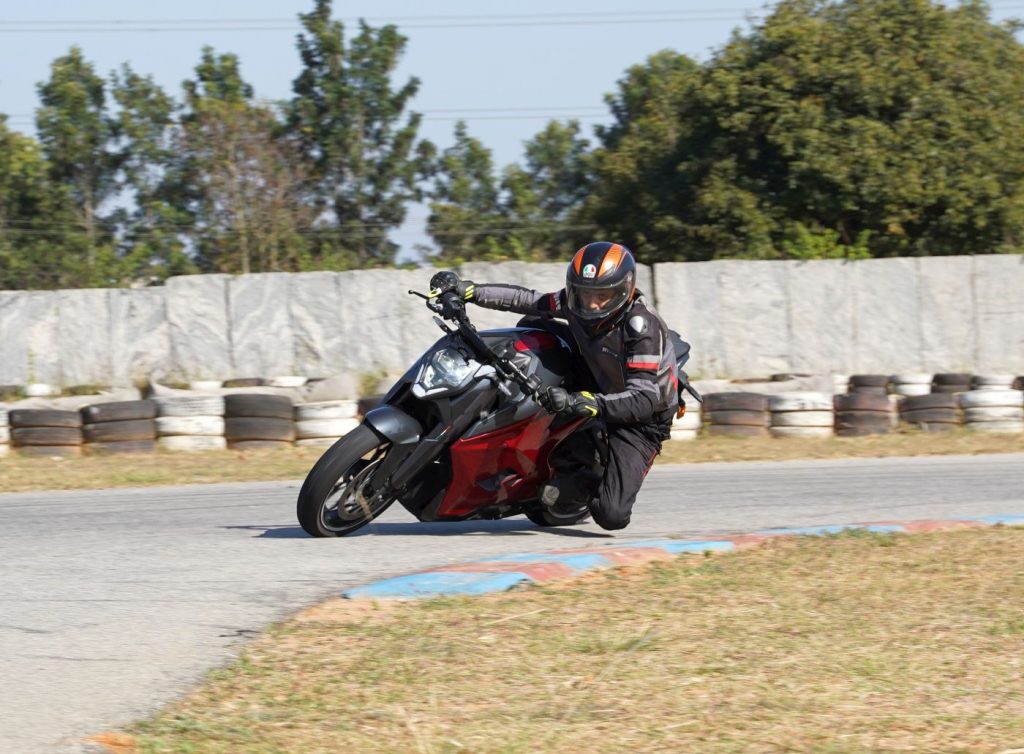
Story: Azaman Chothia
Photography: Apurva Ambep
The first thing anyone will be attracted to when they look at the F77 is the sleek design language. Ultraviolette says that it has been inspired by the F-series fighter jets. After carefully inspecting all of the sharp styling elements of the bodywork, I can confirm that this does in fact look like my favourite jet fighter; the Lockheed Martin F-22 Raptor. The LED headlight at the front resembles the cockpit of a fighter jet and the sleek bodywork surrounding the battery pack has been neatly done. The small wings jutting out of either side of the bodywork are actually part of the steel trellis frame; they are the only protection in case of a crash. While everything looks great, an accident would be an expensive affair considering that all the bodywork is plastic. The riding position of this bike is properly on the sporty side with the footpegs set towards the rear and a low clip-on handlebar unit. The seat height stands at 800 mm which I found fairly accessible with my 5.7-foot height. There are technically three variants of the Ultraviolette F77. The Standard, Recon, and Limited. As its name suggests, the ‘Limited’ variant is limited to just 77 units and already reserved for specific customers, making the Recon the top-end variant. There are three colour options to choose from (Supersonic Silver, Stealth Grey, and Plasma Red).
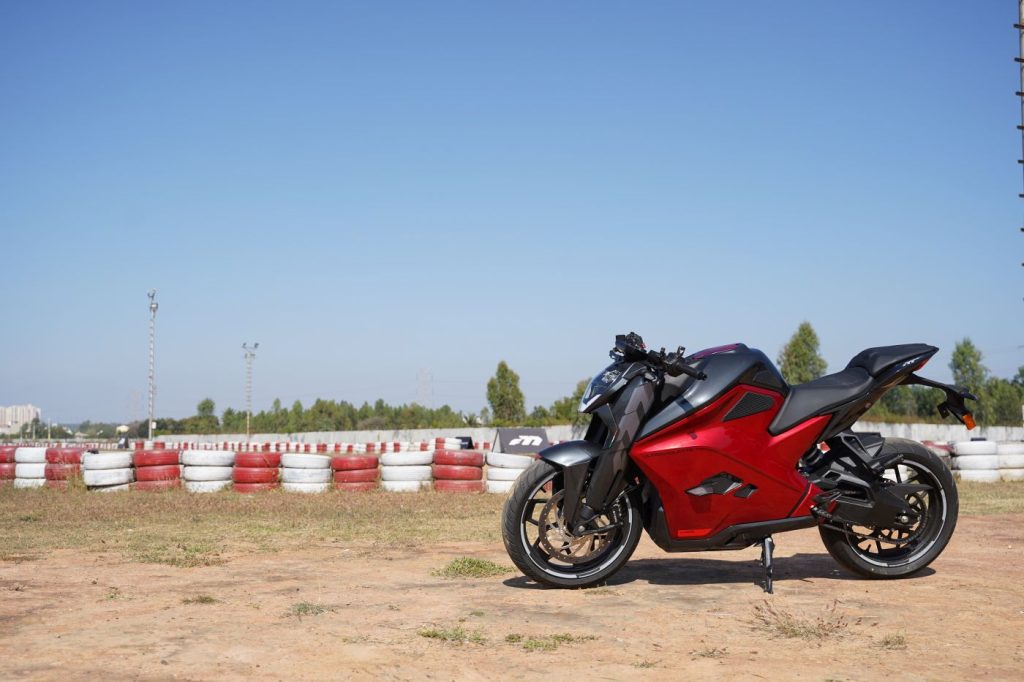
The steel trellis frame houses a 10.3 kWh battery pack that is surrounded by an aluminium IP67-rated enclosure. This makes it the largest battery pack on an Indian electric motorbike. This battery pack delivers power to a Permanent Magnet AC Motor that puts out 29 kW (38.8 hp) and 95 Nm of peak torque. There are three riding modes that can be switched on the go – Glide Combat, and Ballistic. The 5-inch instrumentation cluster is neat, information is easy to access and the four switch cubes on the left make tasks quicker. The motorcycle was earlier unveiled with removable battery packs, where the side panels opened to access them. Considering the long-riding range, this bike wouldn’t need to be charged as often as electric scooters, and the battery pack is now a fixed unit in the production-ready units.
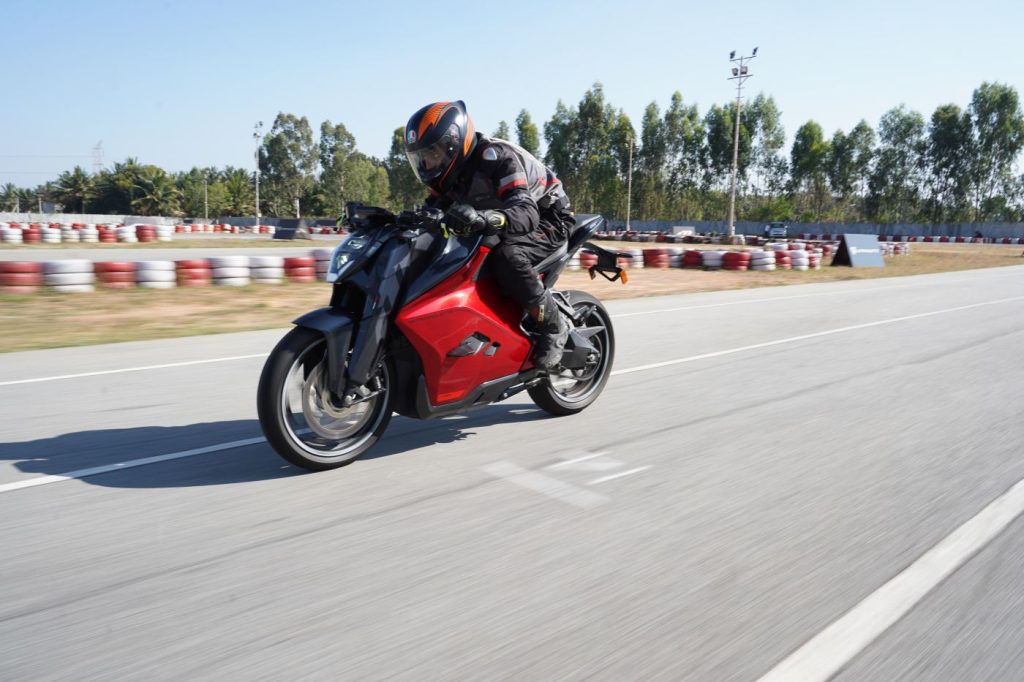
I started off the ride in Combat mode and really liked how well the throttle has been modulated. The acceleration feels linear for the initial part and I could feel a burst of torque come in at around 35 km/h and stay all the way up to around 80 km/h. Our ride experience took place in the twisties of Nandi Hills followed by a fun session at a go-kart track called Mecco Kartopia. In Ballistic mode, the acceleration is more urgent and the bike gets really quick so a new rider will have to get used to the feeling of the throttle in this mode. Of the little time I spent in Glide mode, I feel that it does keep the power in check and is adequate for commuting needs. The bike has a claimed top speed of around 147 km/h and is said to do a 0-60km/h sprint in just 3.1 seconds, while a 0-100 km/h run takes 8 seconds. On the one open stretch that I encountered, I was able to hit around 120 km/h.
The F77 is said to have an IDC estimated riding range of 307 km; In their efficiency tests, the Glide mode is said to give 261 km, the Combat mode delivers 200 km, and the Ballistic mode provides a rider with 171 km of range. The battery pack in the standard variant is smaller where the IDC estimated range is around 206 km. Riding this EV was a good experience because of how it performed throughout each of the sessions. There was no drop in power or any thermal issues. At the go-kart track, I spent just around 30 minutes riding the bike hard in the Ballistic mode and it just went on without any problems even on a hot, sunny afternoon. There was no drop in performance even while climbing uphill.
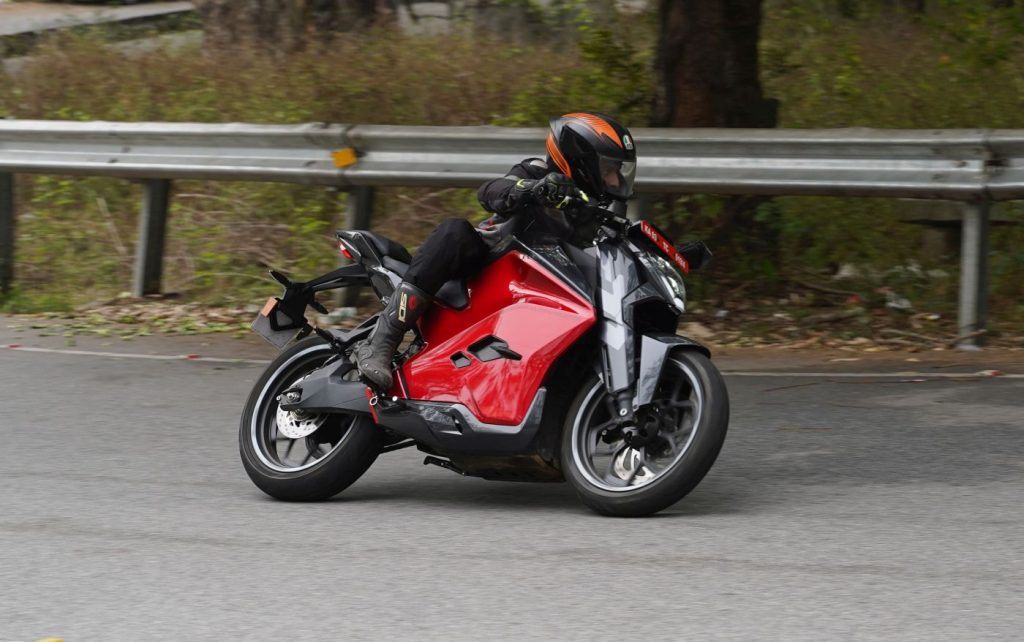
The 41-mm USD front fork is also covered with panels to keep the look as futuristic and flight-ready as possible, while a monoshock unit takes care of rear suspension duties. Both ends get preload adjustability in this Recon variant. This setup worked well to tackle the few undulations along the way, although the roads heading up Nandi hills and the track had well-paved surfaces so we will talk more about the suspension in our road test review. Through a set of corners is where this thing impresses the most as it feels extremely stable and planted. Even though this bike is really heavy with a kerb weight of 207 kg, it feels really nimble once it is on the go. Ultraviolette have developed an amazing new set of tyres in collaboration with MRF which was surely one of the main highlights. These are new W-rated tyres that are super grippy and allowed me to explore the full potential of the motorcycle. Not once did I have any slippery moments even when I was a little greedy with the throttle on the tight go-kart track.
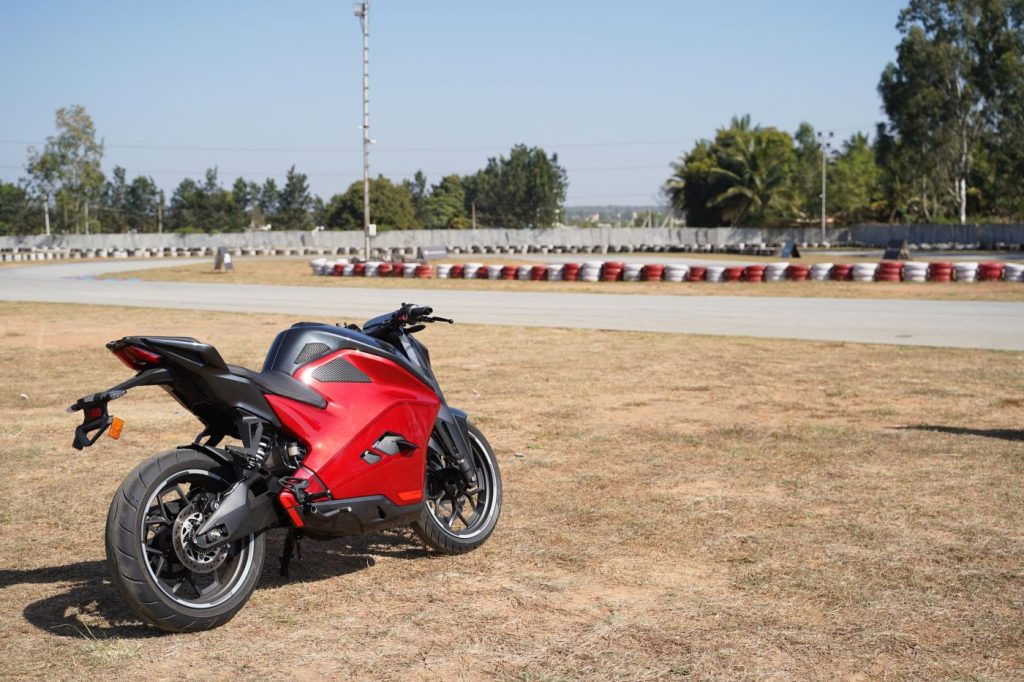
This is the first high-performance electric motorbike I was riding so it did feel a little weird not having a clutch and gears, but something I got adjusted with over time. Riding a motorbike hard is surely tougher without the aid of engine braking. Another thing I noticed was that once the motor was armed, the rear wheel prevented the bike from moving backward essentially like a hill-hold feature. This did get a little annoying while trying to take quick U-turns from a standstill. Although, there is a way to activate the reverse mode and use the throttle to get out of those situations. Braking is handled by a 320 mm disc brake at the front and a 230 mm disc at the rear with the aid of dual-channel ABS. These brakes are sharp and you get good feedback with just two fingers on the lever. The ABS is switchable between single-channel and dual-channel but cannot be completely switched off. There are also some accessories that can be purchased for an extra cost to enhance the riding experience and offer a little bit of practicality.
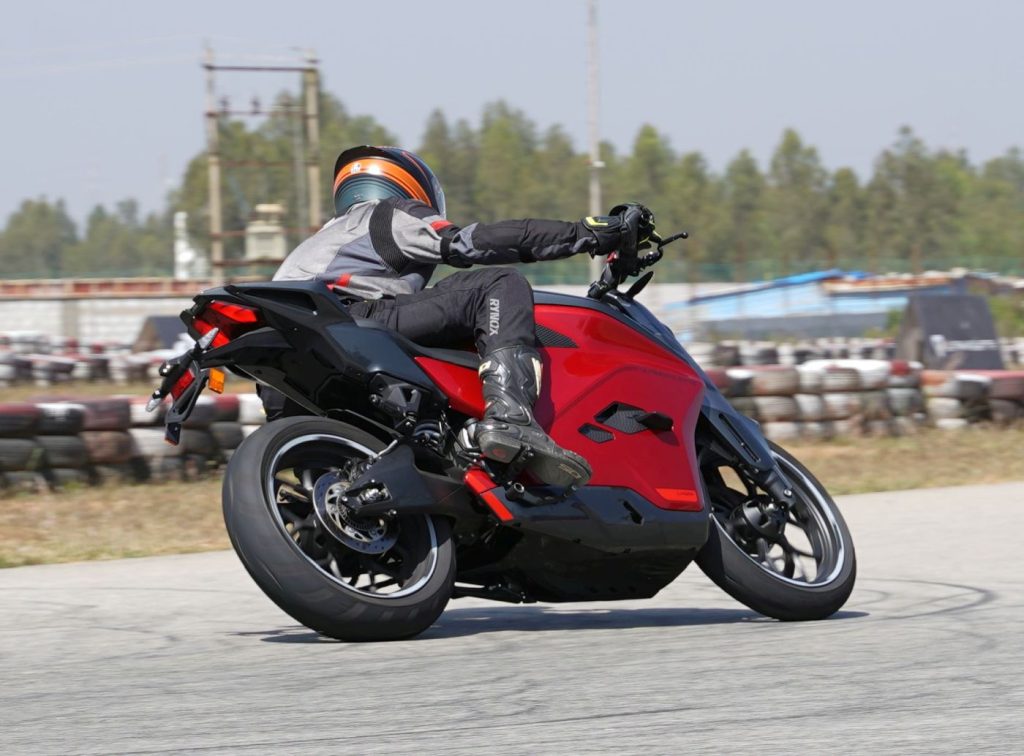
As far as first impressions go, this performance-bred EV from Ultraviolette is surely a step in the right direction for the brand. They have taken their time to develop the F77 after they started out in 2016. With a well-calibrated throttle, nimble handling characteristics, no thermal issues, and grippy rubber, the F77 was a really exciting motorcycle to spend the day with. I surely had a blast riding it around the go-kart track as it gave me the confidence to ride harder, lean further, and quickly power out of corners. While it is a good product, it is quite pricey. The standard variant is priced starting at Rs 3.80 lakh while this Recon variant is priced at a whopping Rs 4.55 lakh (both ex-showroom prices). What is going to be a challenge for the brand is convincing interested customers to shell out this kind of money for a performance-bred EV when the agenda for most people today is practicality. With the 307 km riding range, we hope to test the F77 further to see if it will be a good companion for weekend rides out of town.
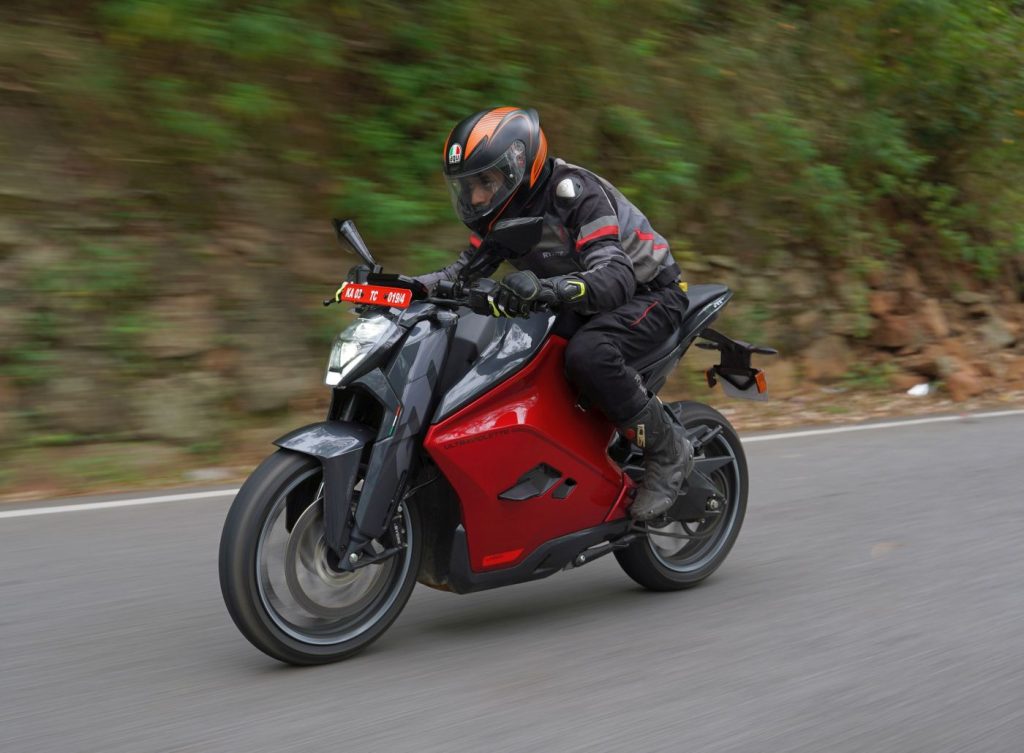

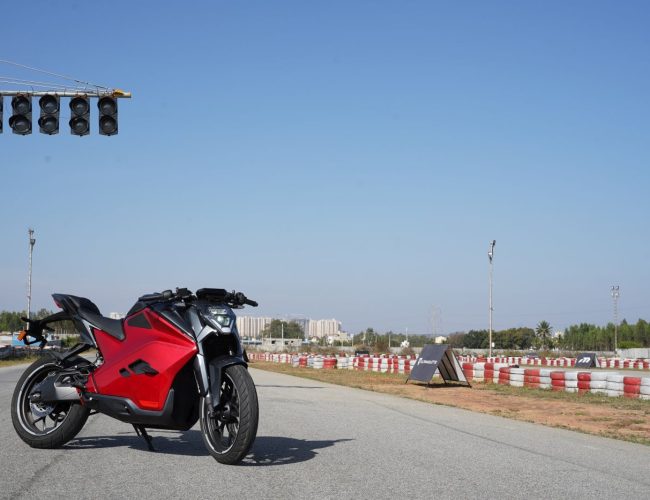
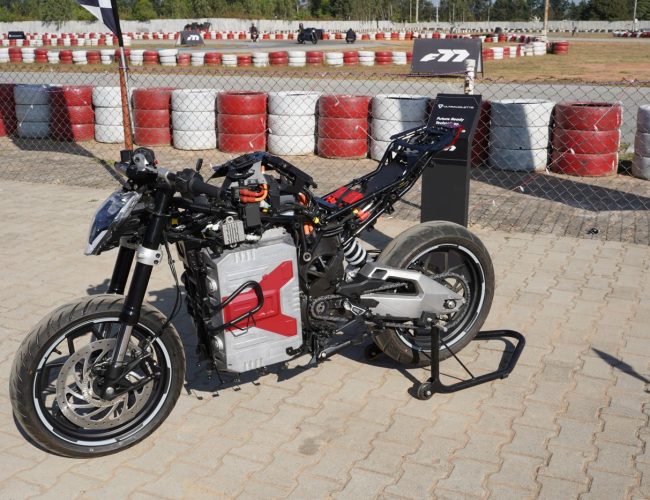
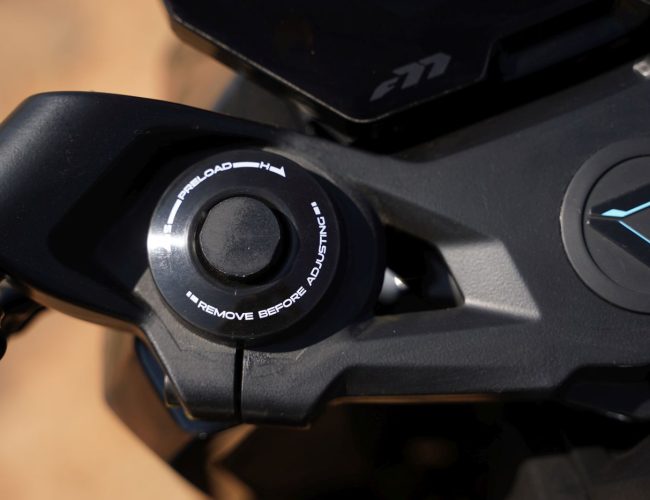
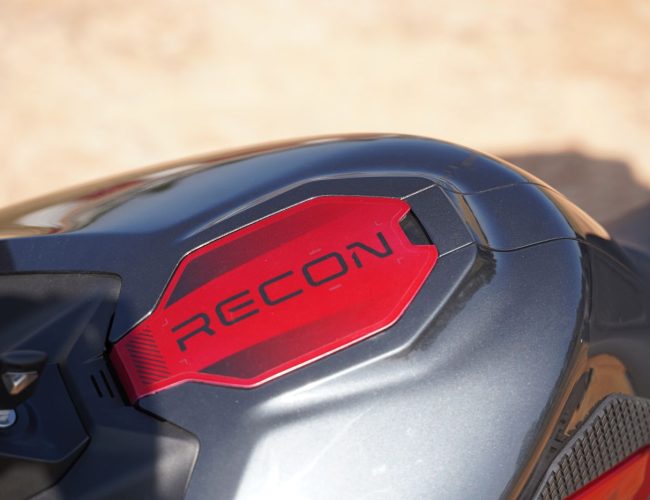
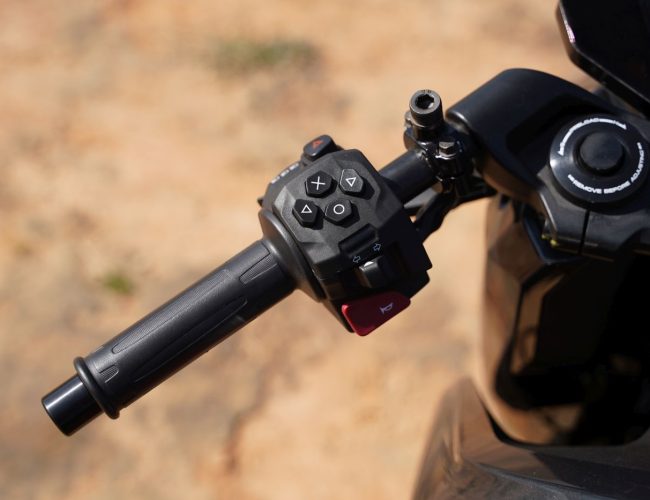
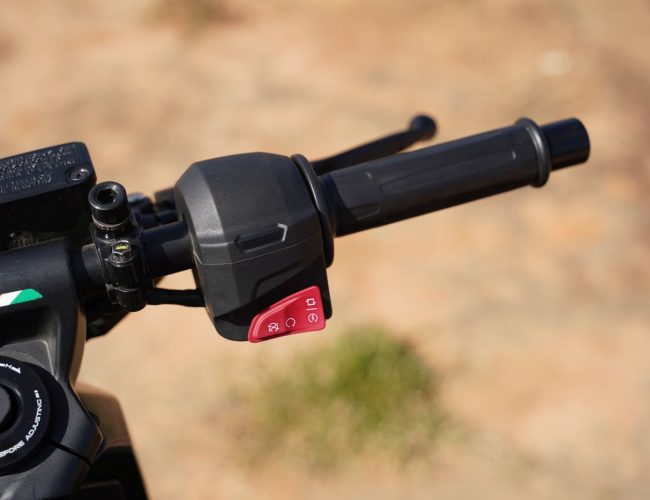
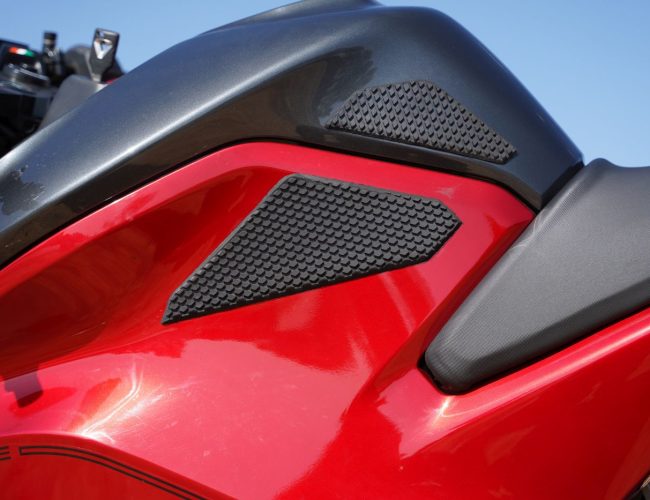
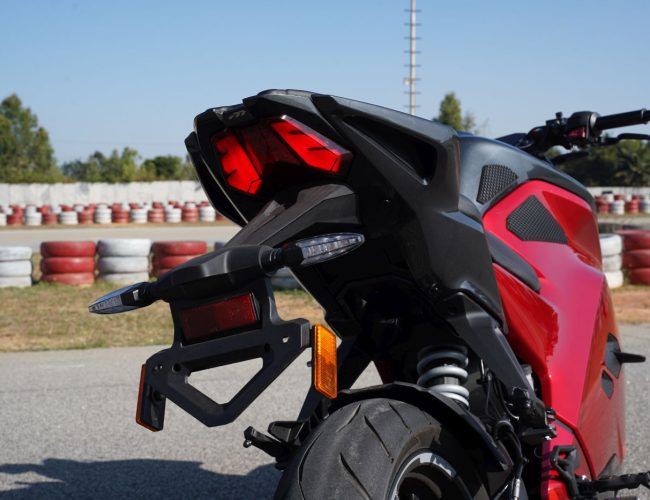
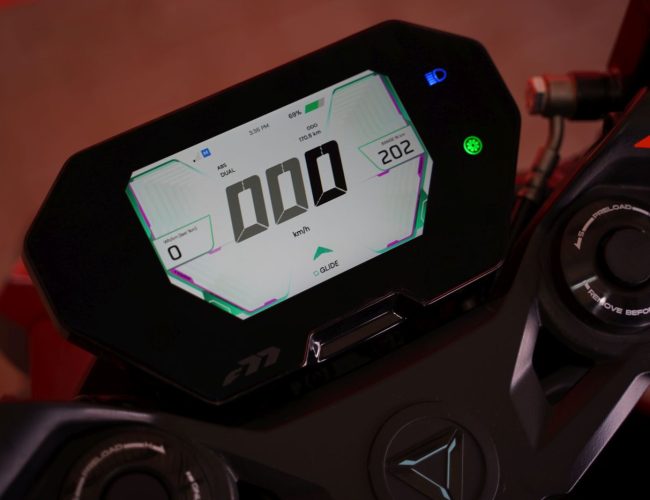
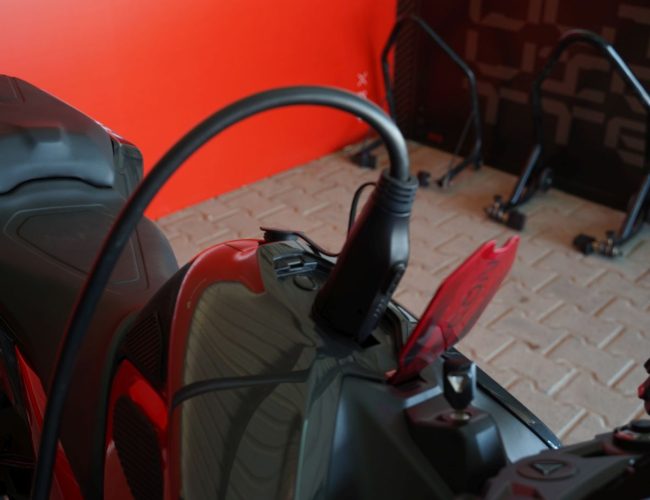
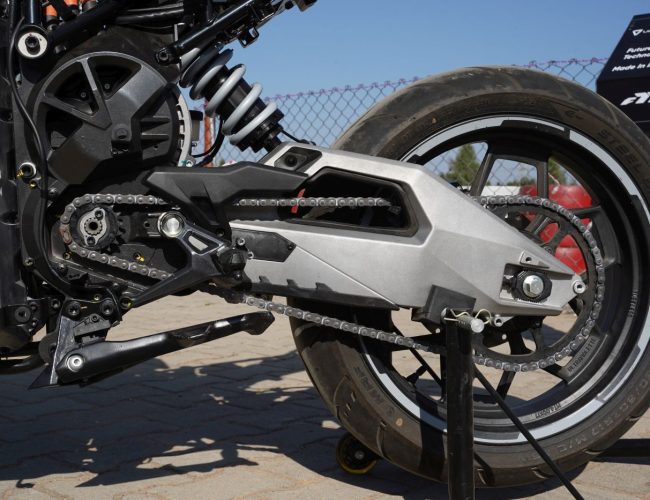
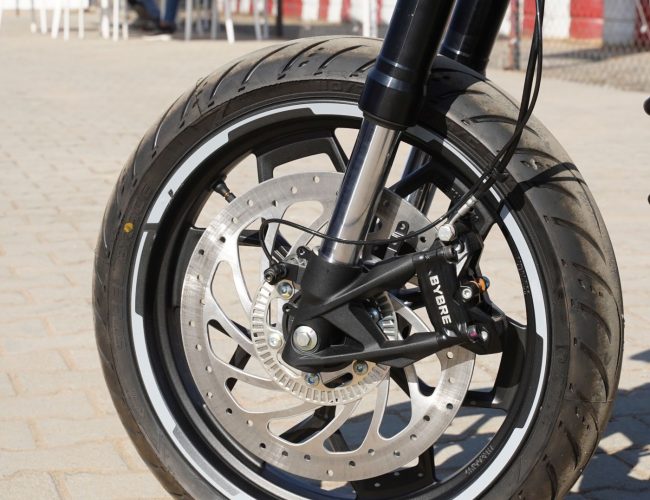
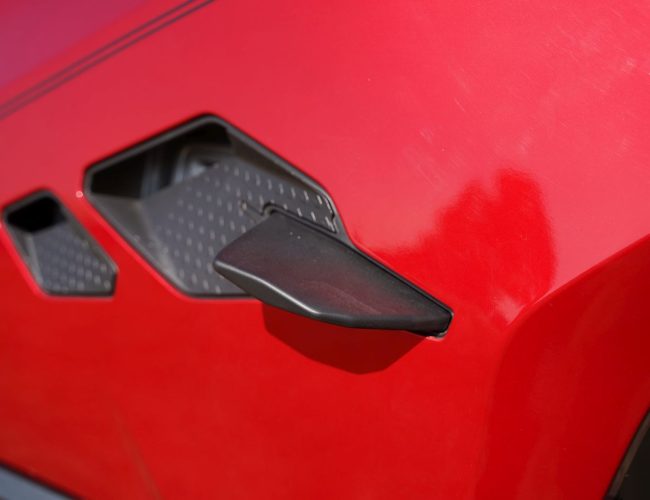
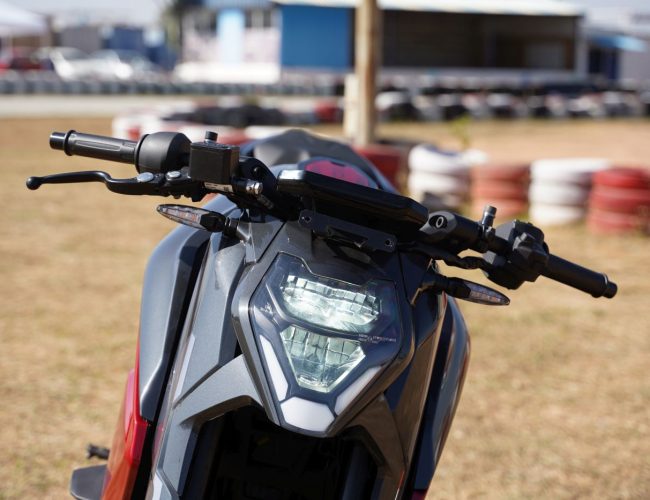
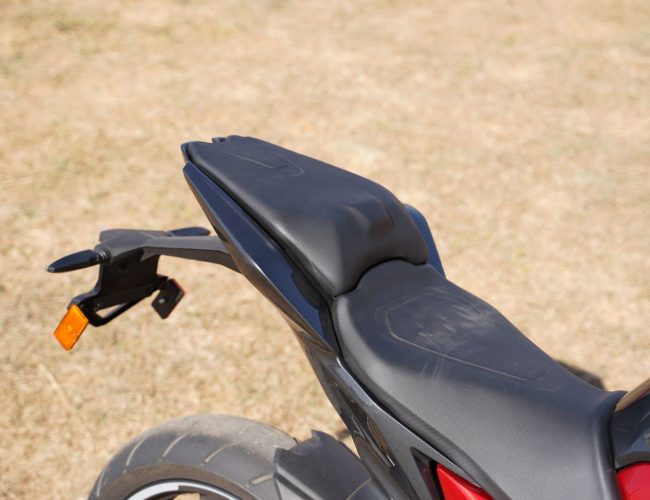
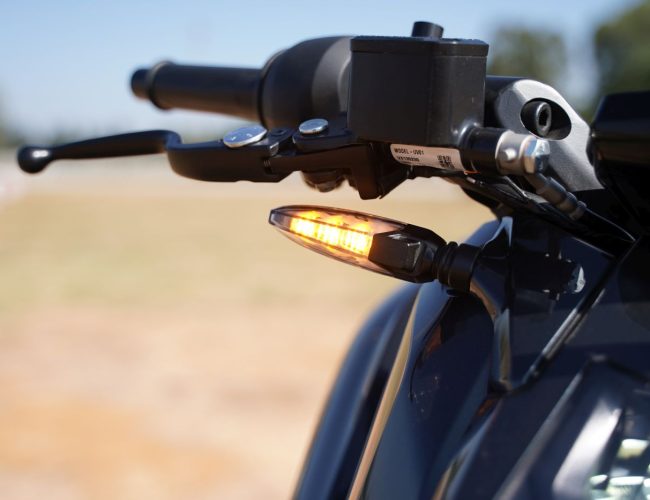
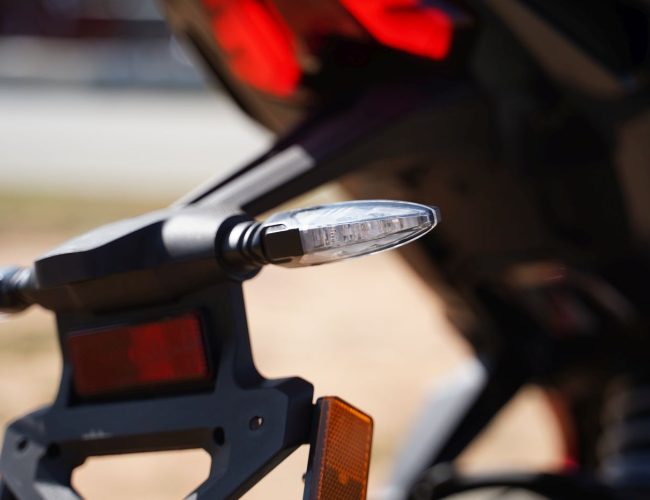
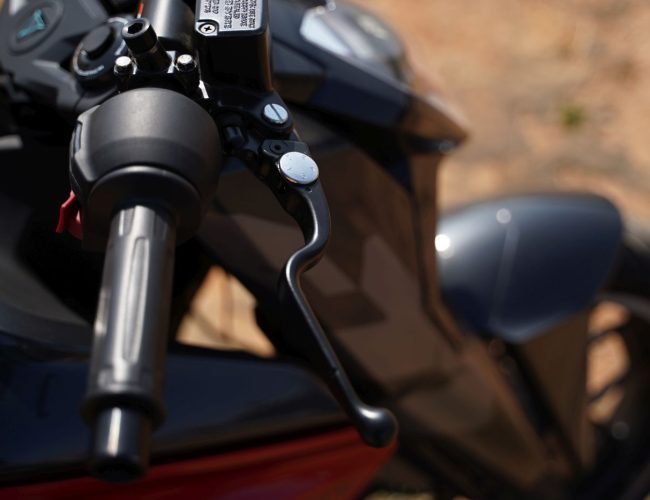

Leave a Reply